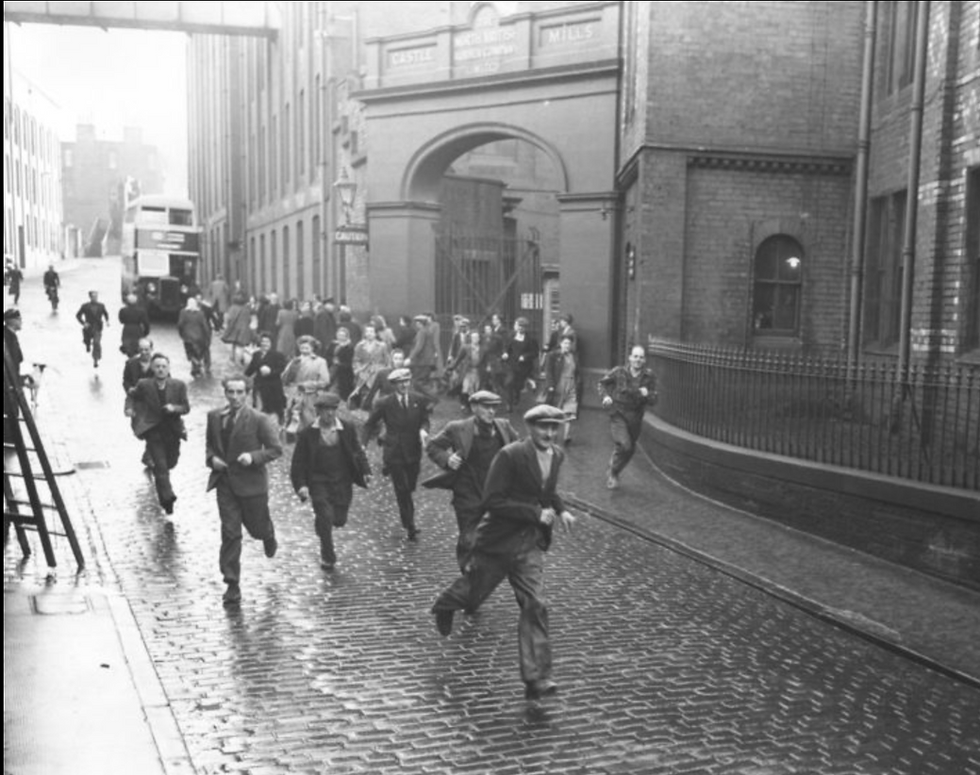The Nor Loch: Edinburgh’s Lost Lake of Sewage, Witches and Death
- May 24
- 2 min read
If you're standing in Princes Street Gardens, surrounded by flowers, fountains and the flutter of tourists, it’s hard to imagine what used to lie beneath your feet. But once, this peaceful green hollow was Edinburgh’s Nor Loch — a man-made lake, stagnant, stinking and utterly essential to the medieval city above.

Dug in the 15th century on the north side of Castle Rock, the Nor Loch was meant as a defensive moat, protecting Edinburgh Castle and the Old Town from invaders. But over time, it became something darker. With no proper drainage and no sewage system, the loch turned into a vast open sewer — where everything from chamber pots to butcher’s blood was dumped.
And it didn’t just catch waste. It caught people too.
The Nor Loch became a favoured site for witch duckings — grim trials designed to test the accused by water. Women were bound hand and foot and thrown into the loch from the slopes just below the Castle. If they floated, it was seen as proof they were consorting with the Devil. If they sank, they were innocent — but likely drowned anyway.
We know these grim events really happened. In 1564, records show that a woman named Bessie Watson was tried and executed as a witch, her body thrown into the Nor Loch. Throughout the 16th and 17th centuries, Edinburgh was a centre for Scotland’s witch trials, and the loch became a convenient site for these brutal ordeals.
Just above the loch, near Edinburgh Castle’s gates, you can still find the Witches’ Well, a small, easily missed fountain that marks where so many were condemned. Their bodies? Many were tossed over the wall and into the Nor Loch below.
There are whispers of remains still buried beneath the gardens. Others speak of criminals given a final, grim choice: hang… or try to swim. Most chose the rope.
By the 18th century, the loch had become a symbol of decay — a festering scar in the heart of the city. It was finally drained, filled in, and reborn as the elegant public park we now know as Princes Street Gardens.
So next time you walk through the trees and tulips, with Castle Rock towering above you and Waverley Station below, pause for a moment. Beneath the lawn lies a forgotten lake — one that once held the filth of the city, the bodies of the condemned, and the echoes of screams that no longer carry on the breeze.
Want more stories beneath your feet?
Explore Edinburgh’s hidden past, one step at a time, with the




Comentarios